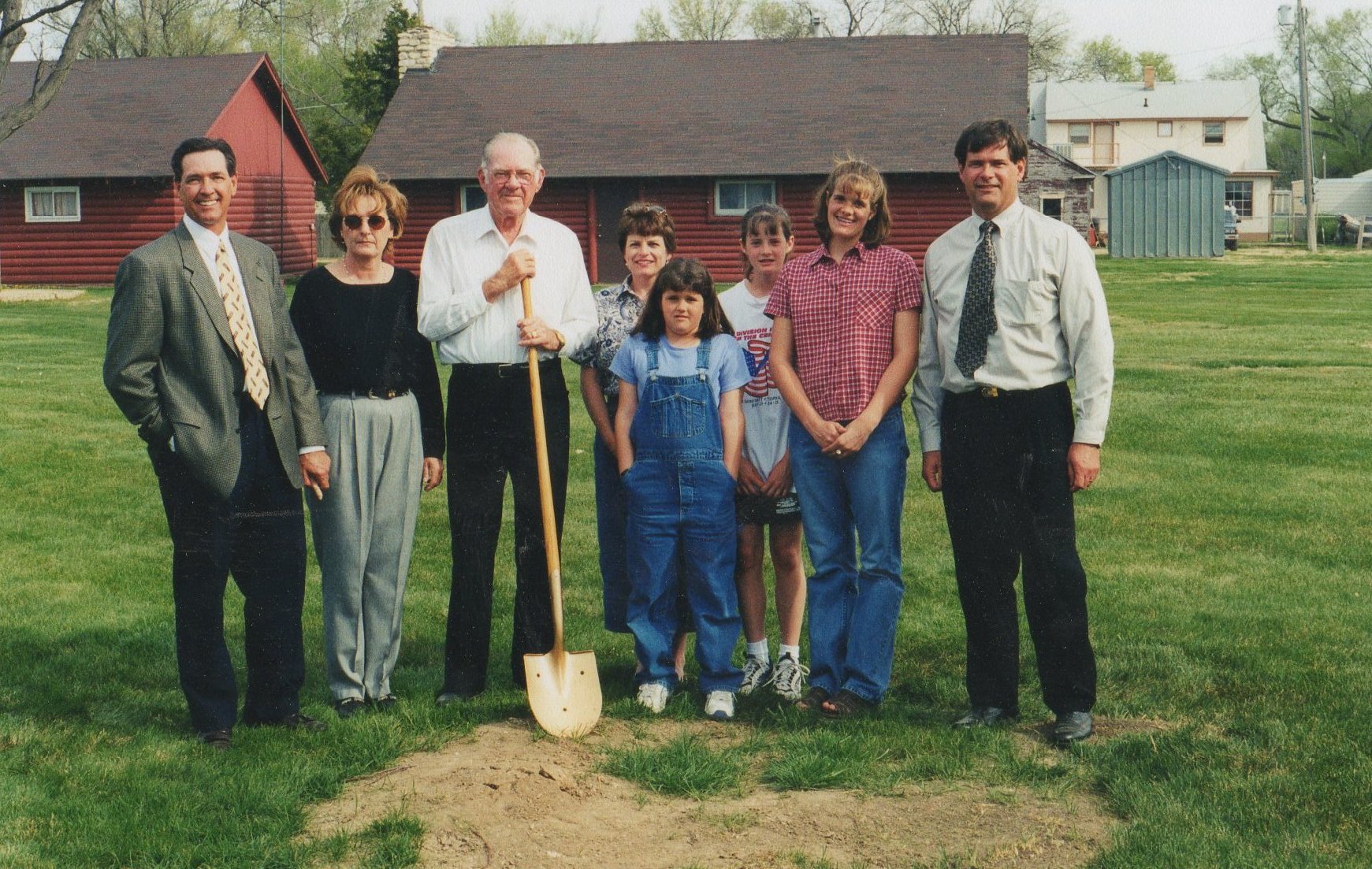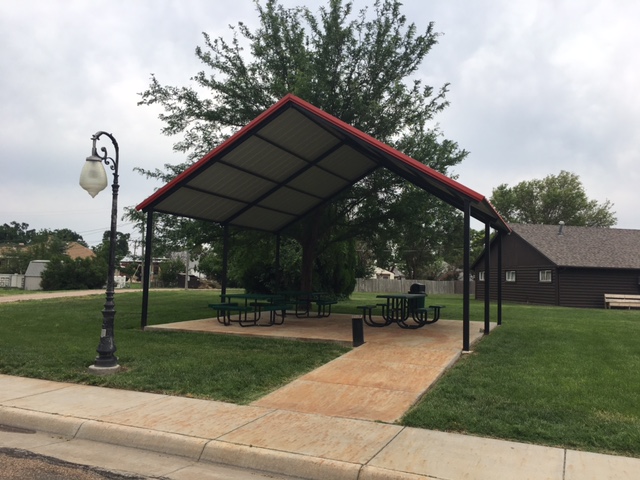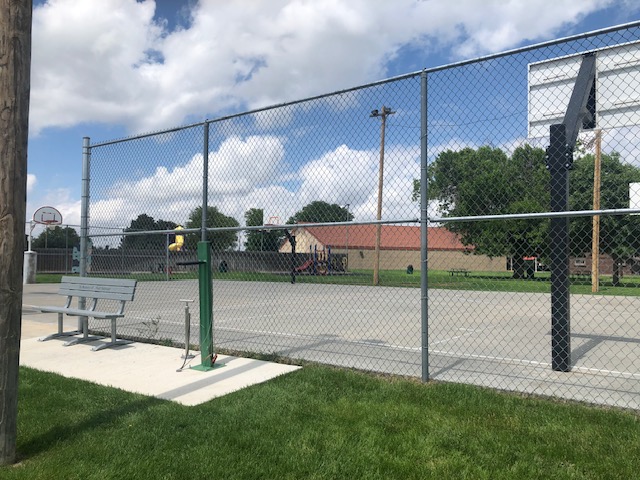Although numerous outdoor enthusiasts, families and scout troops enjoyed Lake McKinney’s benefits, the reservoir was also the sight of several tragedies. The first of many drownings occurred on the second day that the lake was being filled, Feb. 12, 1907. John Phillips, Harry Beckett and Fred Frost went to the lake to complete some unfinished work. They were returning to Lakin in their wagon when they came to a spot where water covered the road. Certain that they knew where the road was and that the water was shallow, the men decided to cross the strip instead of going around. Frost turned the team of mules into the water. Head surveyor Henley Hedge was following them in his buggy and watched as one of the mules slipped off the road bed into deeper water, pulling the other mule and wagon in after him. Hedge jumped into the icy water, cut the mules free and managed to pull Frost to safety. Hedge pushed into the cold chilly water to rescue Phillips, but Phillips refused to take hold of the pole extended to him. Both Phillips and Beckett drowned. Beckett was the rodman and chief assistant to Phillips, a rising young civil engineer who had been the engineer in charge of the project.
In July 1908, 14-year-old Fred Schagun of Deerfield drowned when he and his brother were fishing. The boy waded into the water to unfasten his tangled line and got into one of the channels where water was several feet deep. In February 1909, 17-year-old Gilbert Kimball was mortally wounded while on a hunting expedition with his brother and four friends on the east side of the lake. The Lakin teen was getting out of a surrey when his gun inadvertently discharged, the ammo hitting Kimball in the throat. Clarence Parcells died a month later after being shot while hunting ducks with a number of other Lakin businessmen at Lake McKinney. The 24-year-old Parcells was inside a hunting blind with Charles Waterman and stepped in front of Waterman’s gun just as he pulled the trigger.
In August of 1910, teachers James Hemphill, Frank Hibner and Will Bruner rowed their boat about 200 feet from shore and anchored it in order to fish. Noticing their team of horses which had been tied on the bank was loose, the 24-year-old Hemphill jumped into the water and began swimming to shore. Hemphill had swam about 50 yards then called for help but could not be reached in time. Seventeen-year-old Eulojio Montoya drowned in July 1922. He had come from New Mexico to work in the sugar beet fields and was with four companions, all of whom jumped from a leaky boat when 150 yards from the bank. Montoya was seized with cramps while swimming to shore.
Milton Clare Downer, 22, of Garden City, drowned in August of 1946 when the boat in which he was riding capsized in about eight feet of water. Downer could not swim. Thirty-five-year-old Ray Barrett of Syracuse drowned while attempting to swim to shore after his motorboat overturned in June of 1948. Barrett was approximately 500 yards from shore. The lake at that time was described as rather windy with raising six-inch high waves. In July that same year, a Garden City family of four drowned when the two-man boat they had borrowed was swamped by waves and capsized. Clarence and Angeline Jansen and their young sons, ages 3 and 4, were fishing in the middle of the north end of the lake. A fifth person in the boat, Preston Jones of Garden City, managed to fasten himself to the side of the boat and stay afloat until he attracted the attention of fishermen on the shore.
In December of 1953, Sam McGinness was hunting ducks and apparently had gone after one that had gone down on the ice. The 49-year-old Garden City man broke through the ice nearly 400 yards from shore. McGinness’s cries for help were heard, but he drowned before rescue boats could reach him. Orval Glancy, 55, of Garden City, lost his life when he fell from a small speedboat while fishing in September 1957. After searching futilely for 15 minutes, Glancy’s companion summoned for help. Glancy’s body was found after a seven-hour search. Garden City brothers, Gary and Larry Gossman, ages 12 and 13 respectively, drowned in May of 1959. They were on a 12-foot fishing skiff with five other passengers when their boat was swamped by high waves fueled by 30 to 40 mph winds. Another boat took three of the passengers to a nearby fishing raft and returned for the brothers and their parents, but while trying to pull them into the rescue boat, the boat that the Gossmans were in capsized.
Seventeen-year-old John Yager Jr. was on his way to see his parents at Lake McKinney in June 1962 when his car went out of control and rolled into an irrigation ditch that filled the lake. The Lakin teen was pinned under the car which was in about two and a half feet of water. The other occupant in the car, Robert Yoxall, attempted to free Yager but was unable to do so and ran about three quarters of a mile to a field where Jim White was working and collapsed. White revived Yoxall and phoned officers for help when he learned of the accident. The car was lifted using a chain and jeep belong to White, but Yager was pronounced dead at the scene.
In April of 1970, Joseph Randolph of Lakin was hunting with two friends at the spillway bridge where the Amazon diverted into the west end of the lake. The gun of one of Joe’s companions accidentally discharged, and the bullet struck Randolph in the head. The 16-year-old Randolph was taken to Kearny County Hospital for treatment and then flown to Wesley Medical Center in Wichita where he died three days later. In 1972, a young Wichita father was killed instantly when his car plunged from a low dike on the east shore which ran from the recreation area near the boat docks. Charles Heuett apparently attempted to pull his car back when it went out of control on a sharp curve, but the car flipped and then landed on Heuett who was ejected. The 35-year-old suffered multiple injuries including a skull fracture.
In June of 1998, 16-year-old Tiana Marie Vasquez went to the lake with three of her friends to swim. The Deerfield girl immediately disappeared after jumping in near the spillway. She was apparently dragged under by the strong undercurrent and sucked through the spillway as her body was recovered in the Great Eastern Ditch about a mile and half from where she jumped into the lake. Vasquez’s drowning was tragic and serves as a sad reminder about the dangers of trespassing on public property. Since Lake McKinney closed to the public in 1978, there has occasionally been scuttlebutt about re-opening the lake, but the fact remains that the lake and the surrounding property is owned by The Garden City Company. The only people allowed on the property are company personnel and persons who have been given prior authorization.
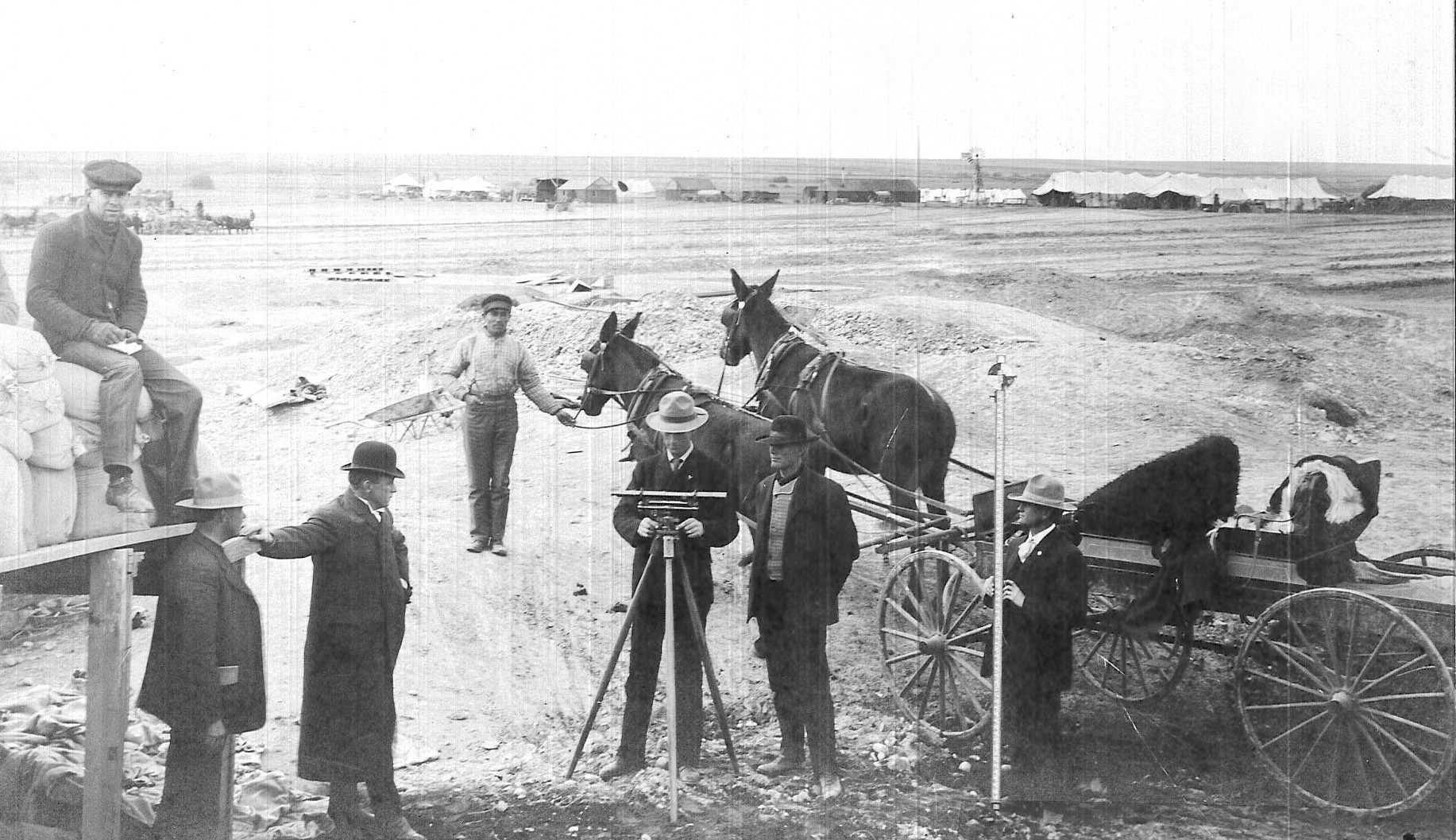
Sources: Diggin Up Bones by Betty Barnes; History of Kearny County Vols. I & II; Archives of The Garden City Telegram, The Advocate, Lakin Investigator and the Lakin Independent; and Museum archives.

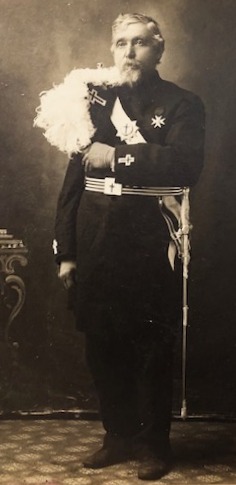
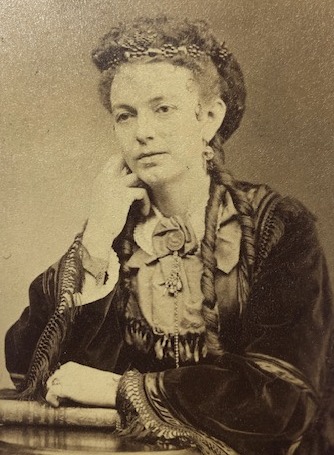
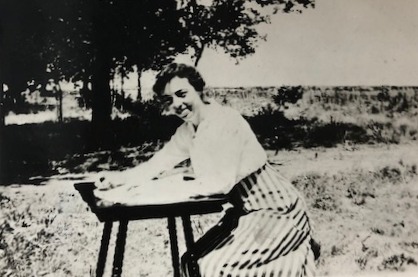
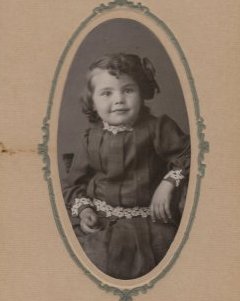
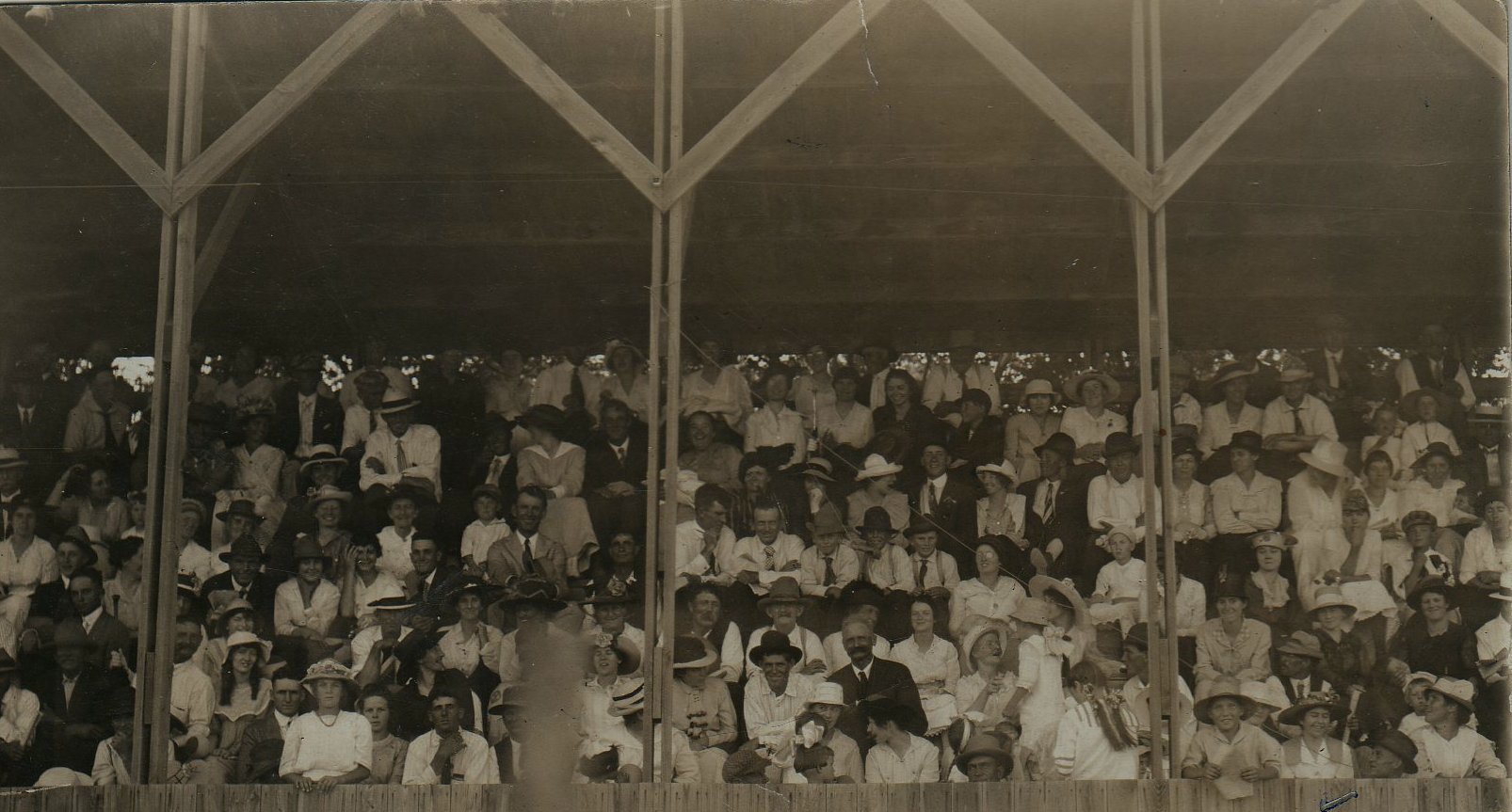
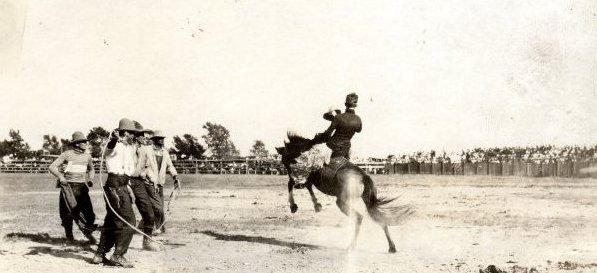
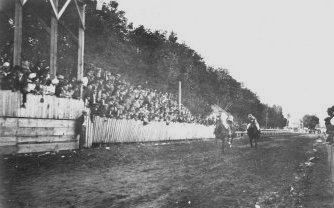
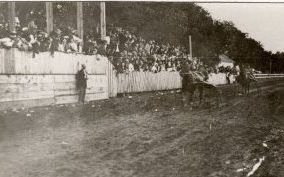
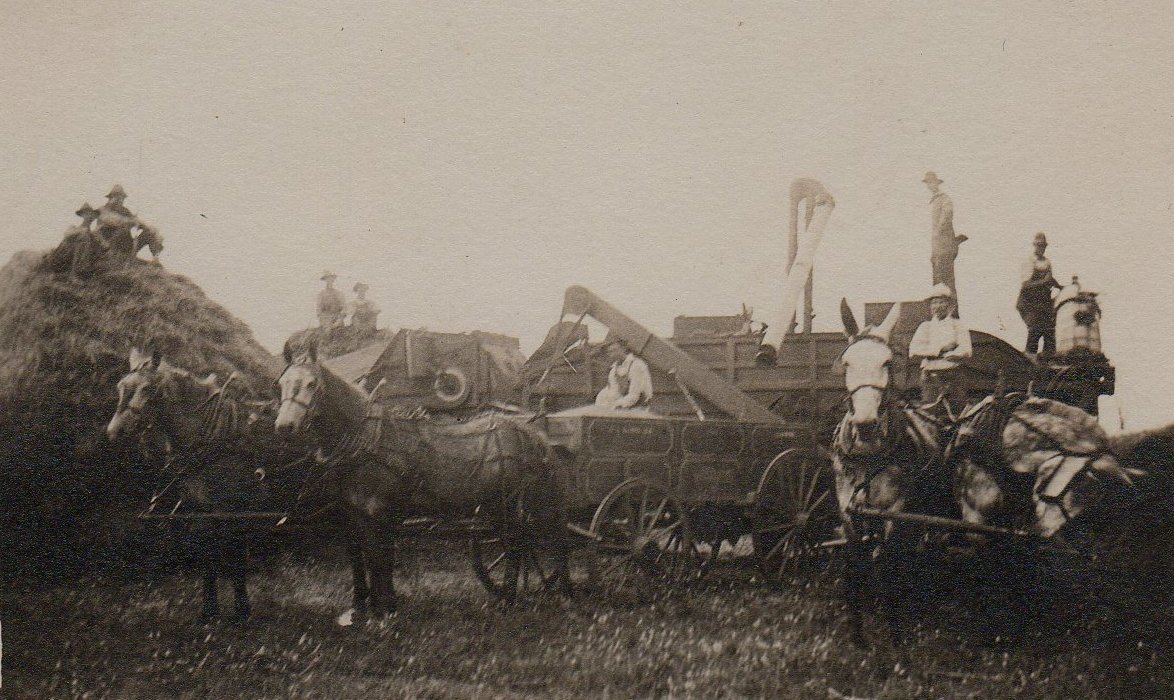
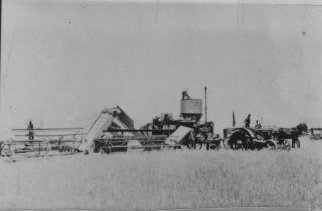

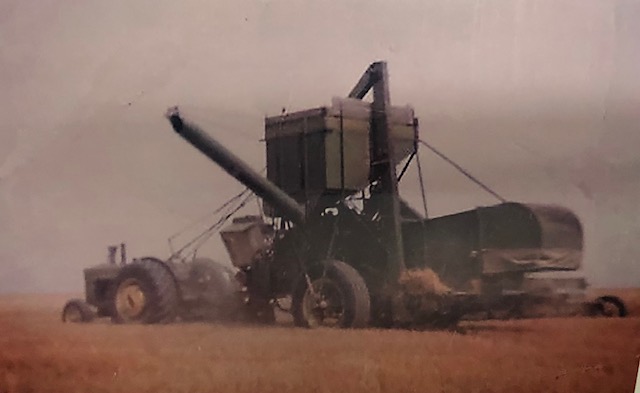
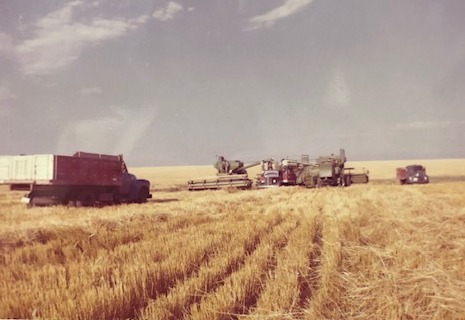

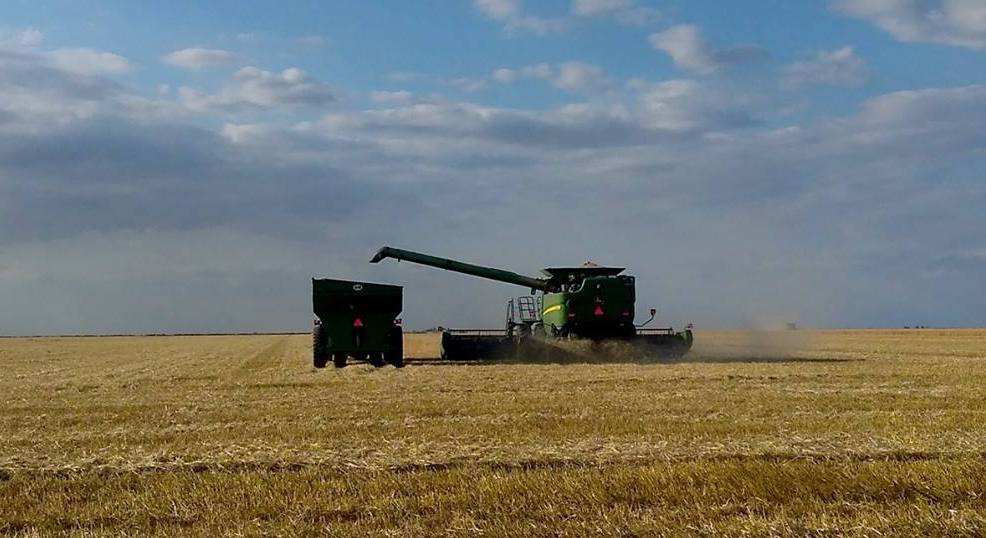
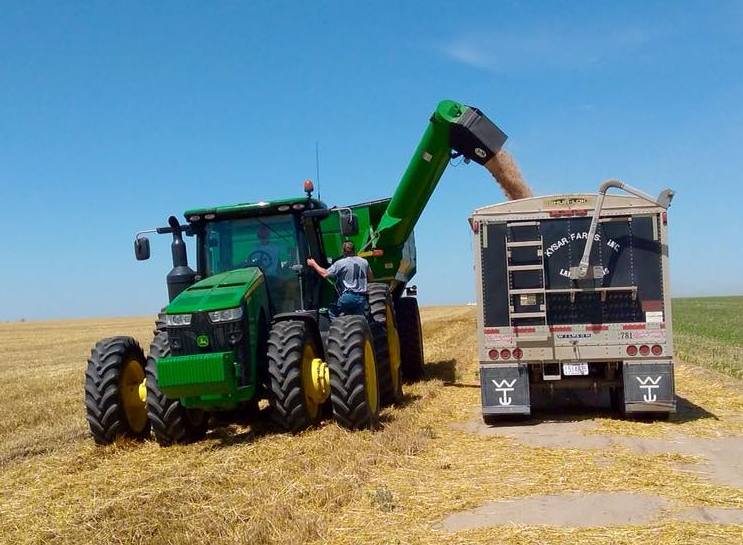
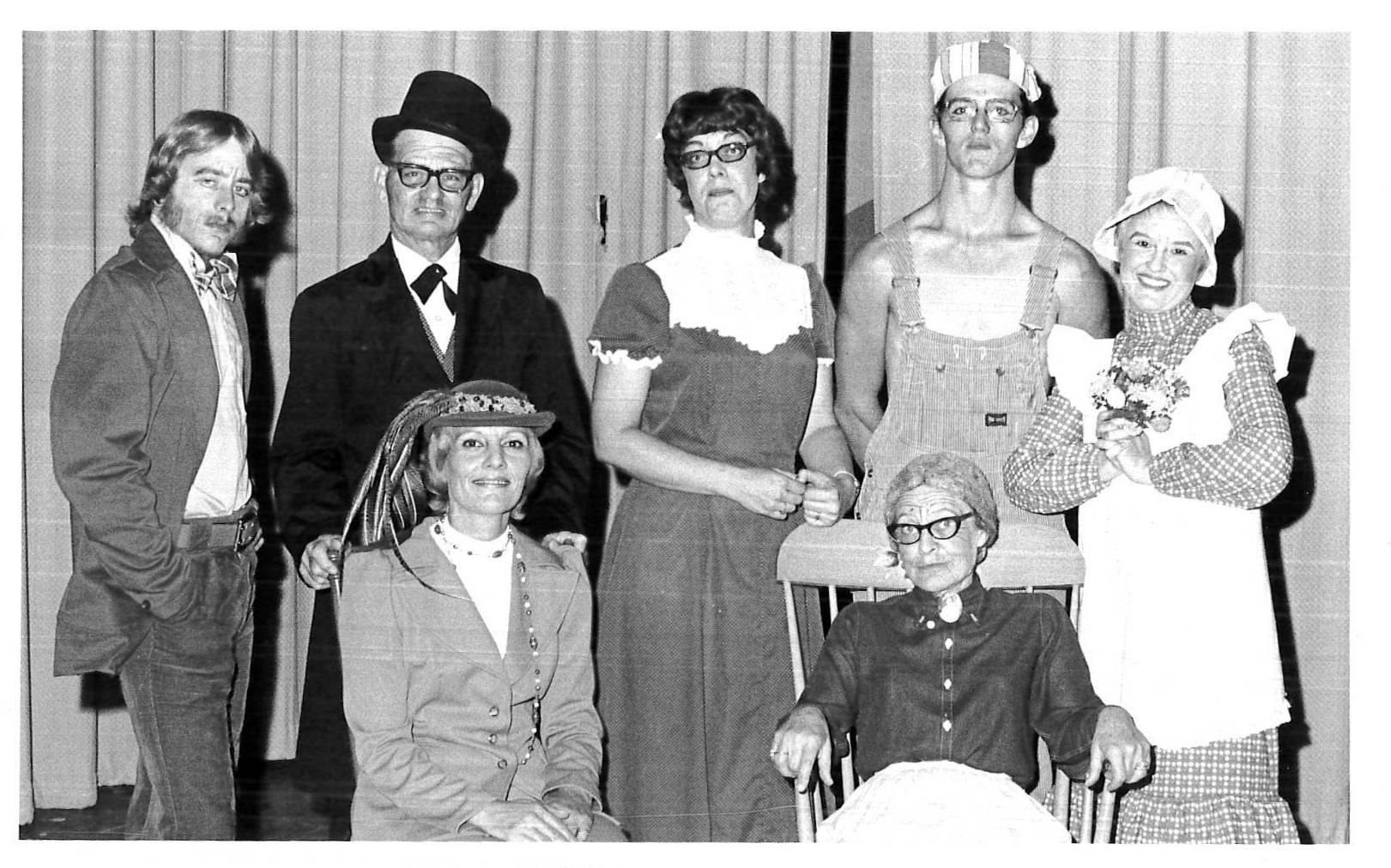
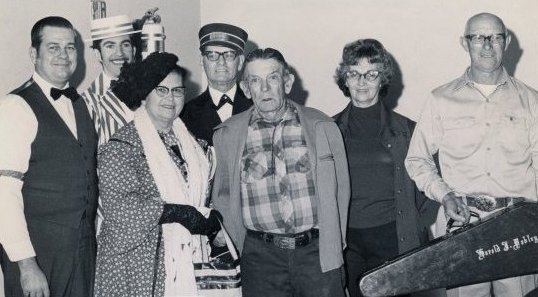
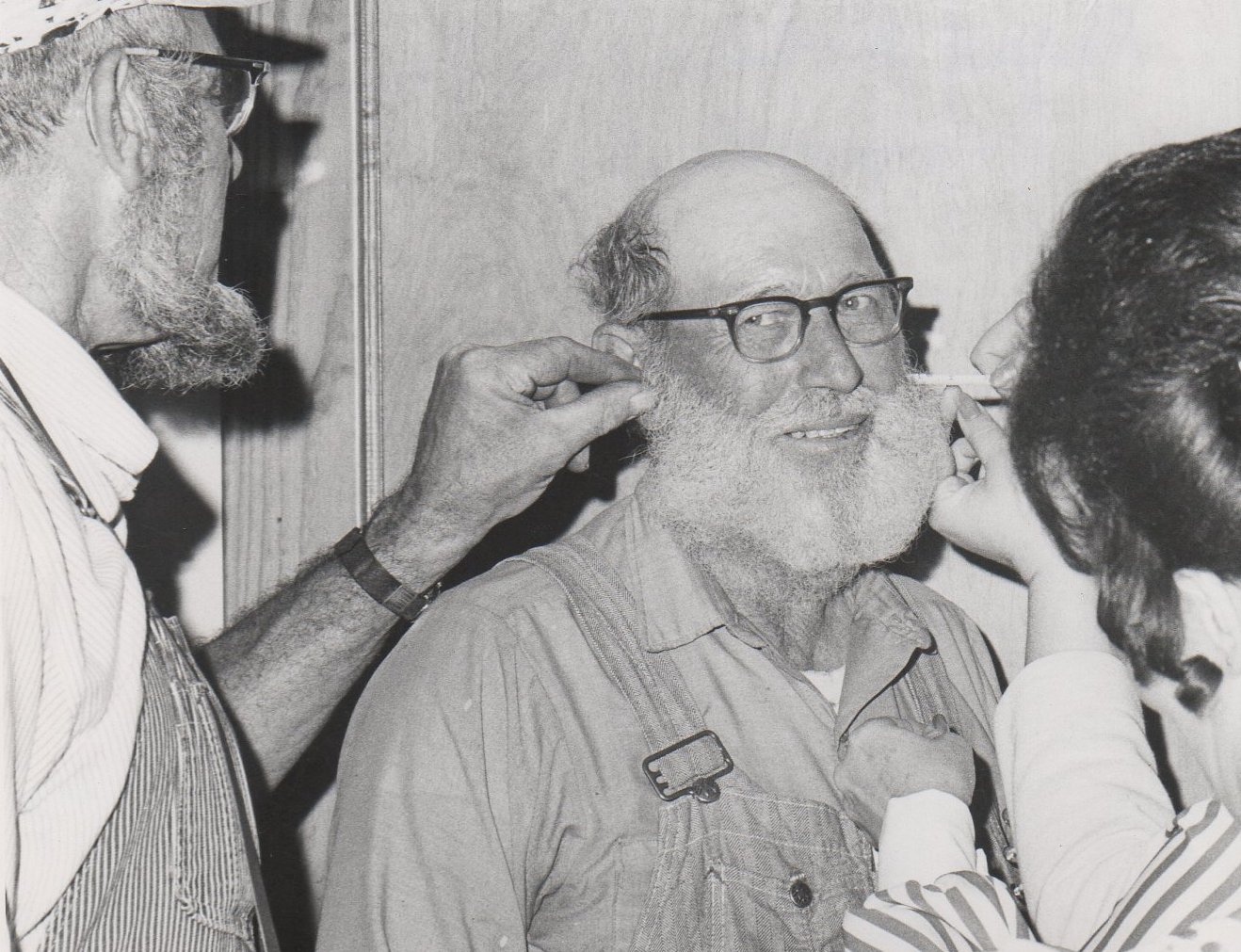
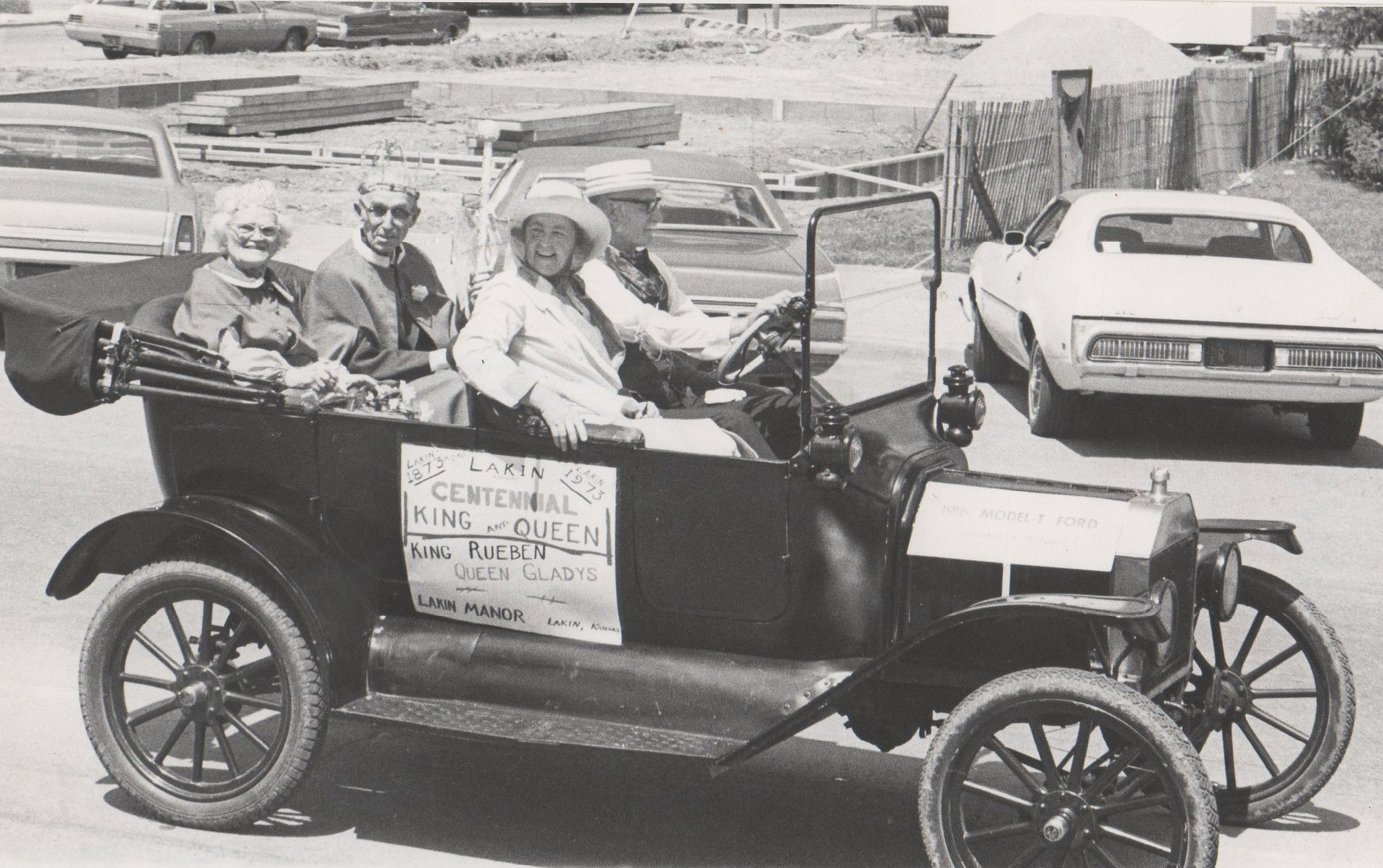
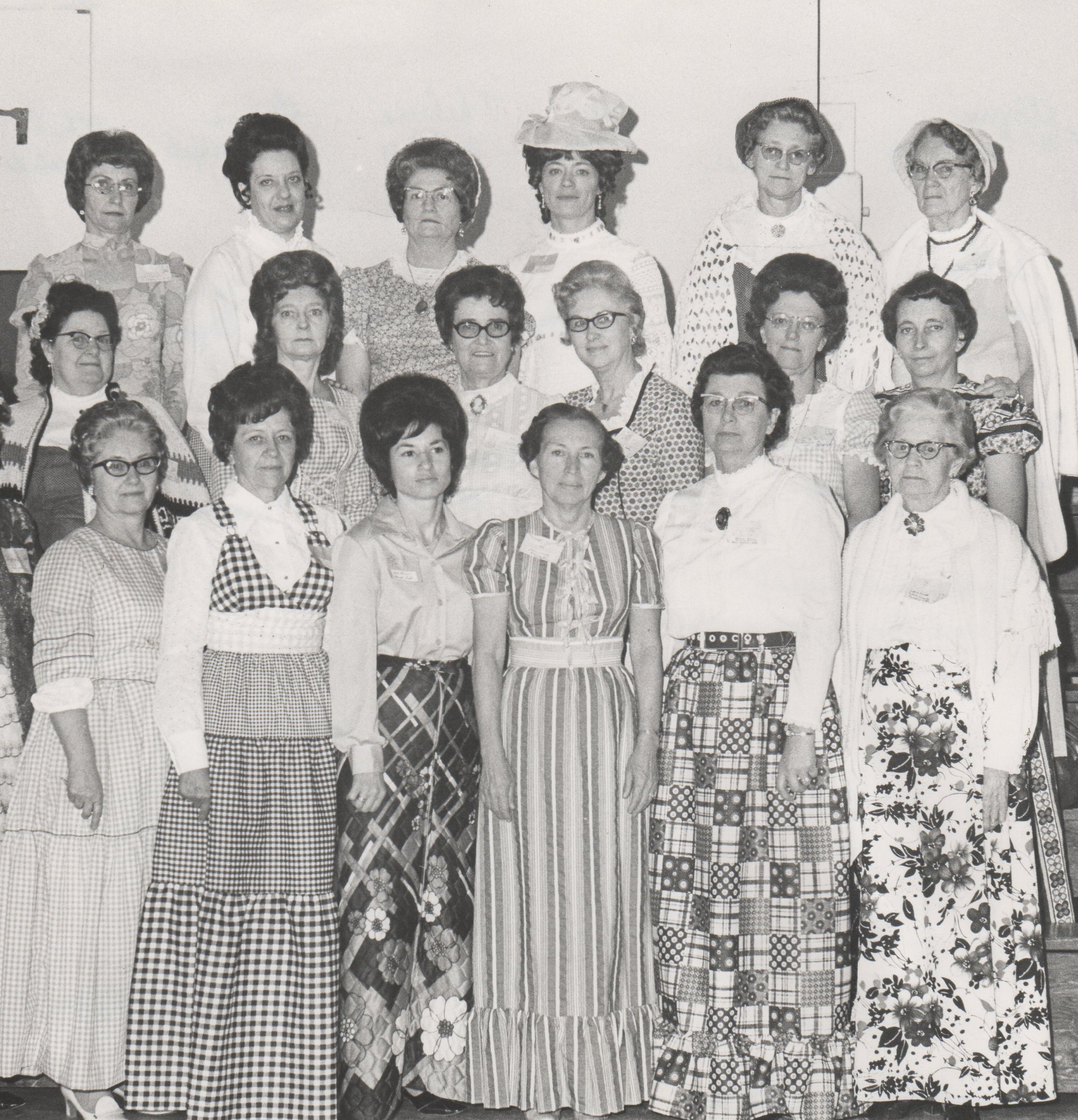
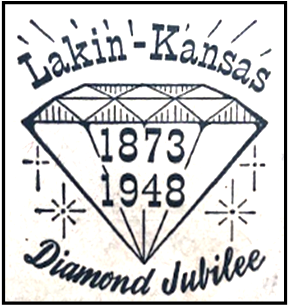
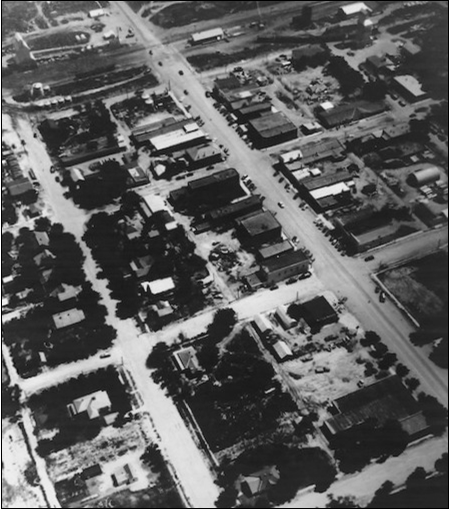
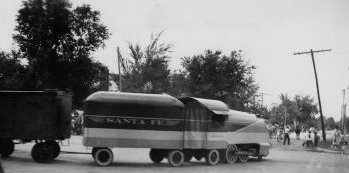
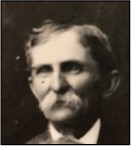
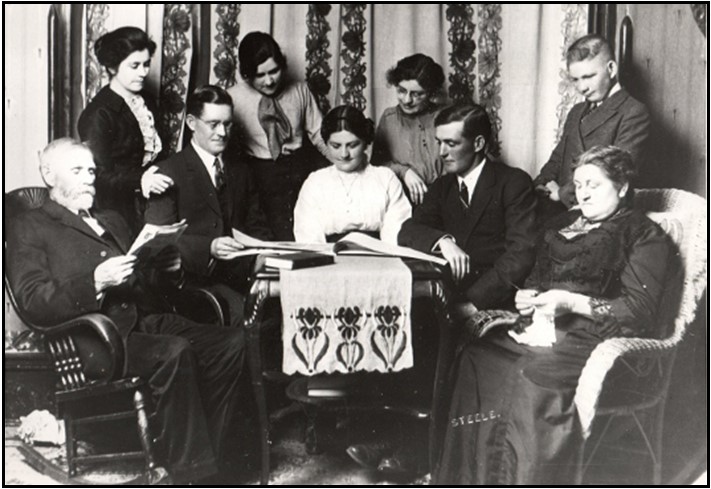
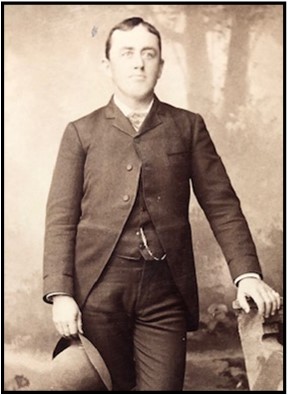
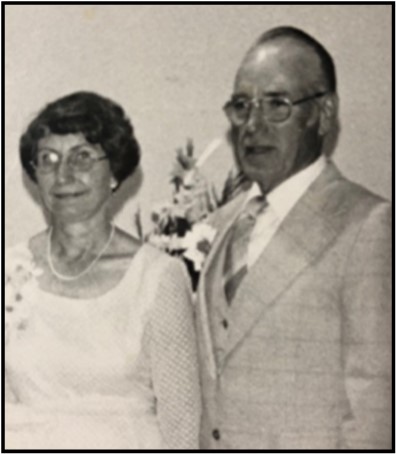

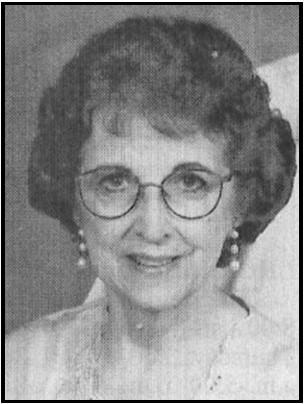
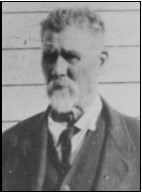
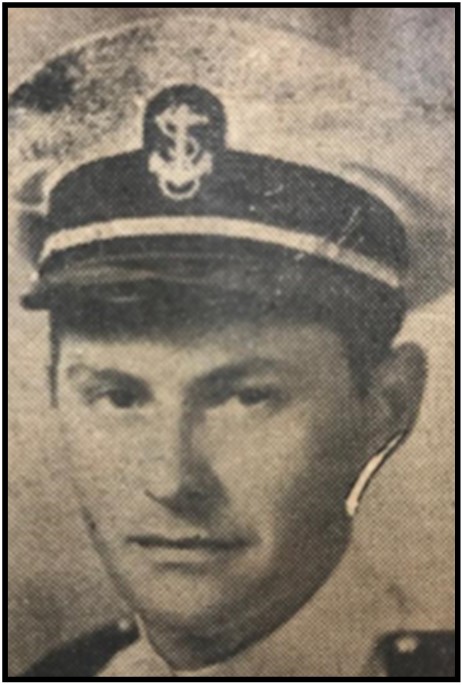
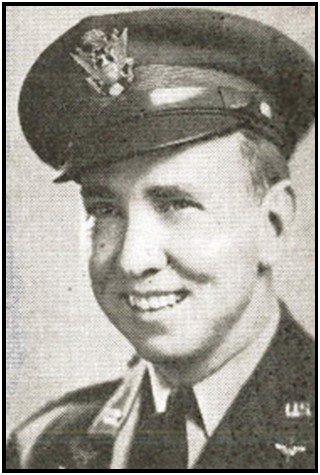
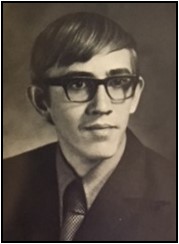
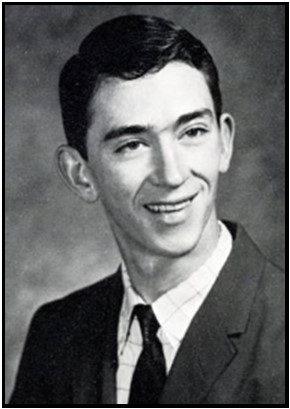
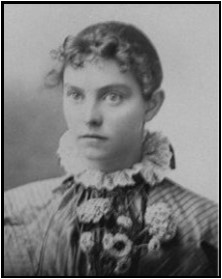
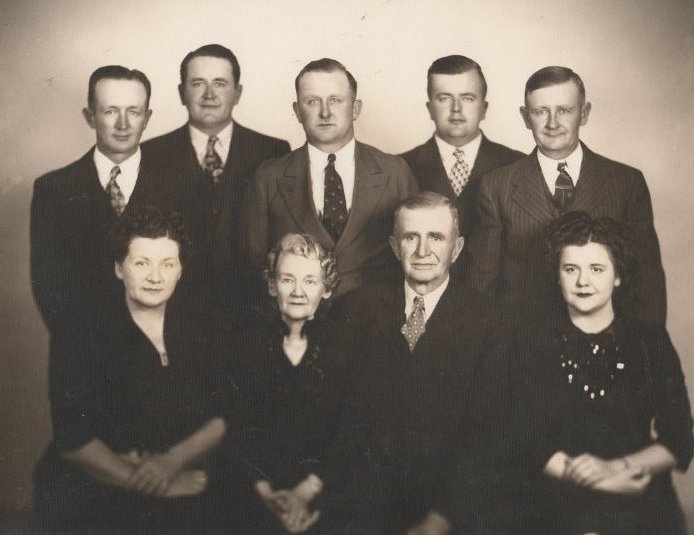
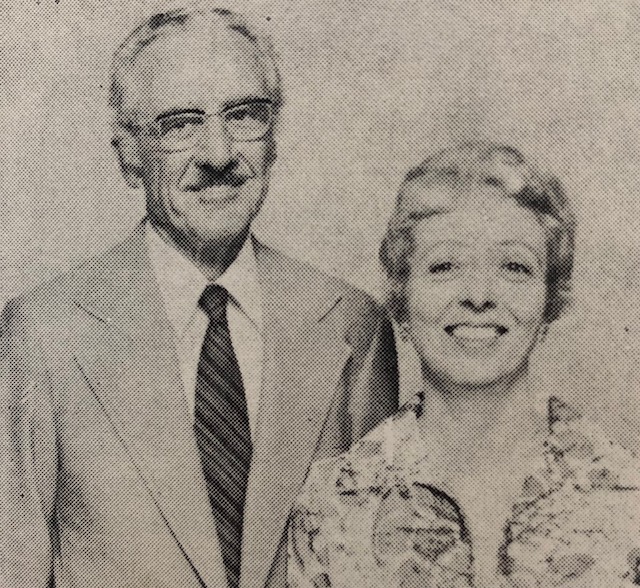
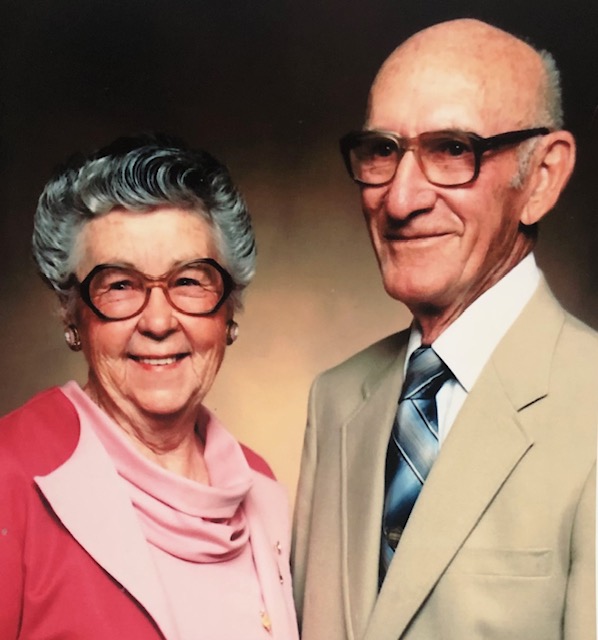
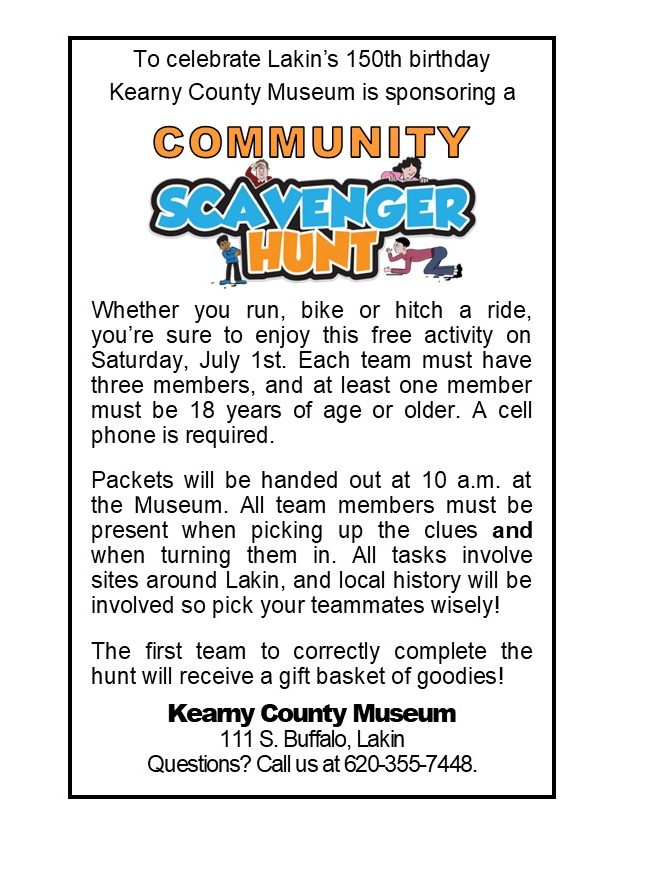
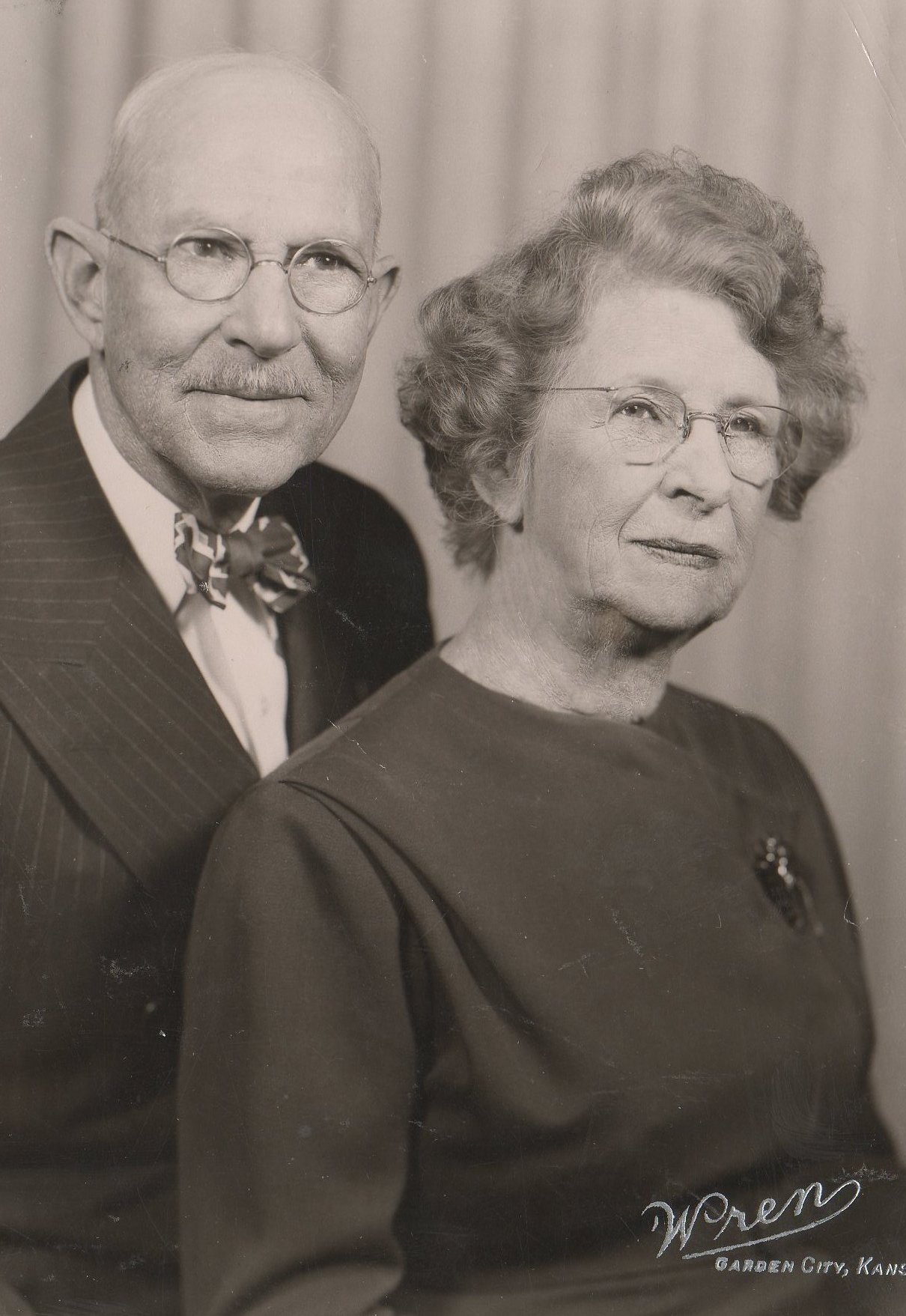
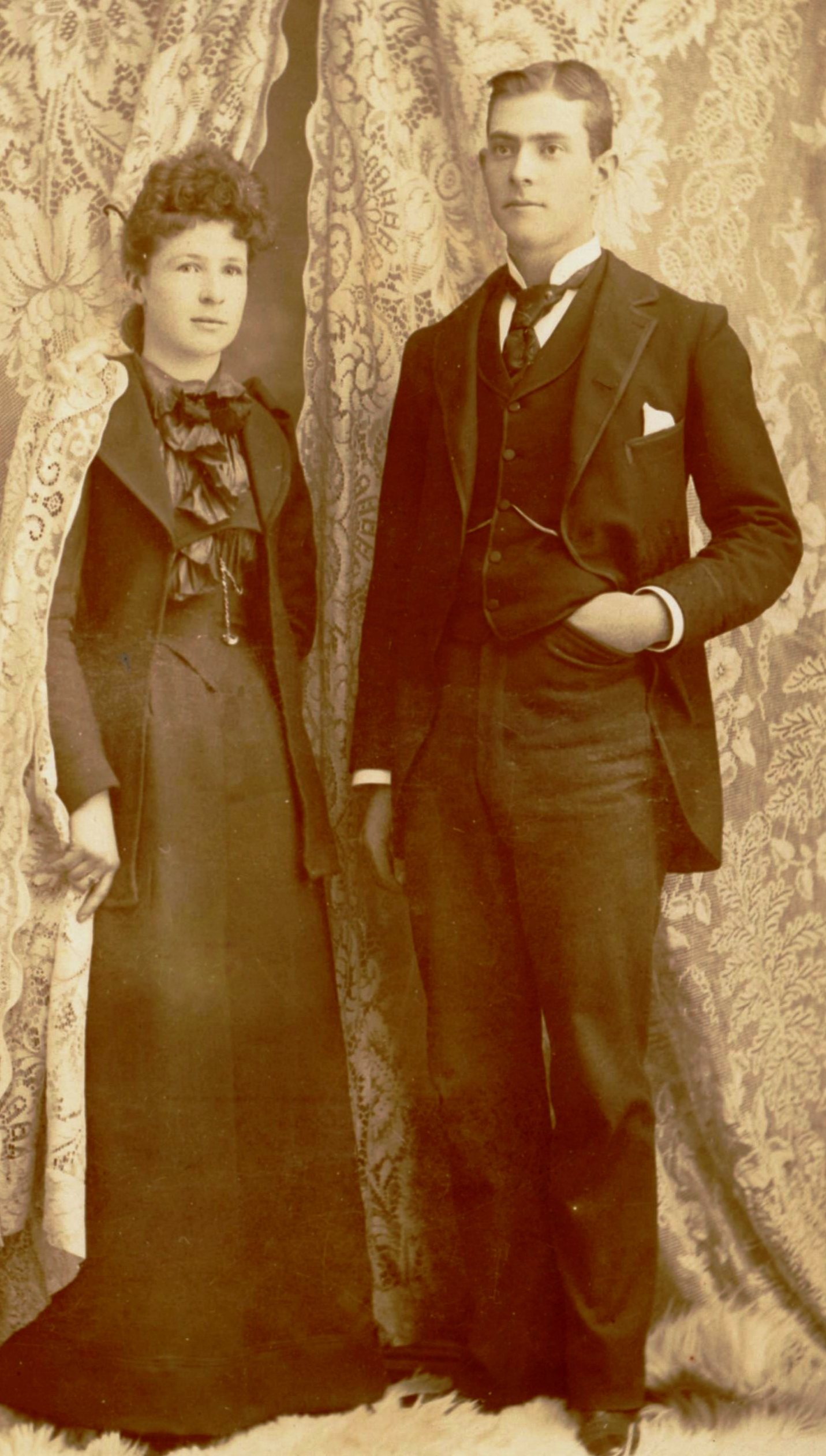

 In just a few days, the shrills and splashes of delighted children will be heard at Lakin’s outdoor swimming pool in the City Park. The opening of the swimming pool is an annual tradition that children and adults alike have been enjoying for nearly 75 years. Lakin’s City Park is the result of cooperative efforts over the years between the City of Lakin, Kearny County commissioners, Lakin Recreation Commission, countless donors and volunteers, and organizations like Lakin PRIDE, Lakin “50” Club, Civic and Study Club, Moonlight Chicks, Lakin Young Woman’s Club, La Flora Garden Club, PICS (Partners in Community Service) and the VFW Auxiliary.
In just a few days, the shrills and splashes of delighted children will be heard at Lakin’s outdoor swimming pool in the City Park. The opening of the swimming pool is an annual tradition that children and adults alike have been enjoying for nearly 75 years. Lakin’s City Park is the result of cooperative efforts over the years between the City of Lakin, Kearny County commissioners, Lakin Recreation Commission, countless donors and volunteers, and organizations like Lakin PRIDE, Lakin “50” Club, Civic and Study Club, Moonlight Chicks, Lakin Young Woman’s Club, La Flora Garden Club, PICS (Partners in Community Service) and the VFW Auxiliary.